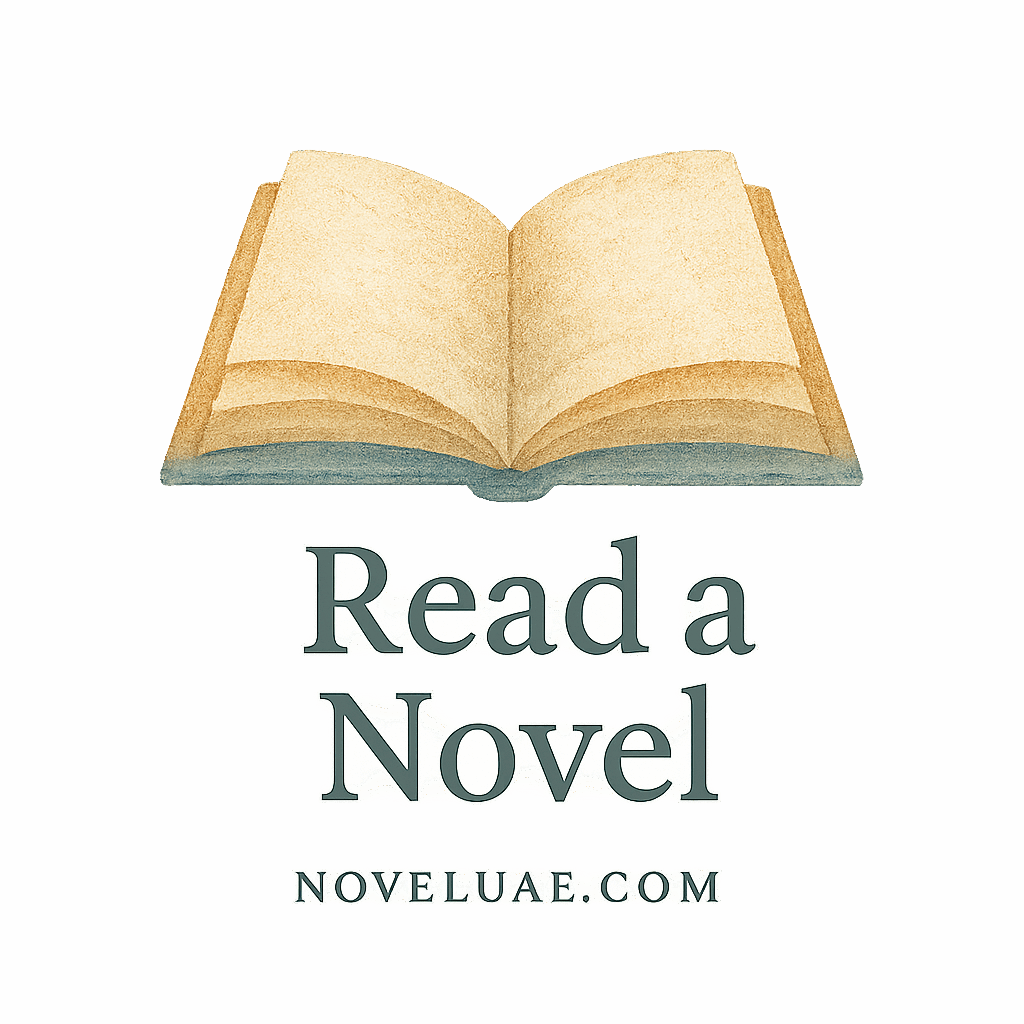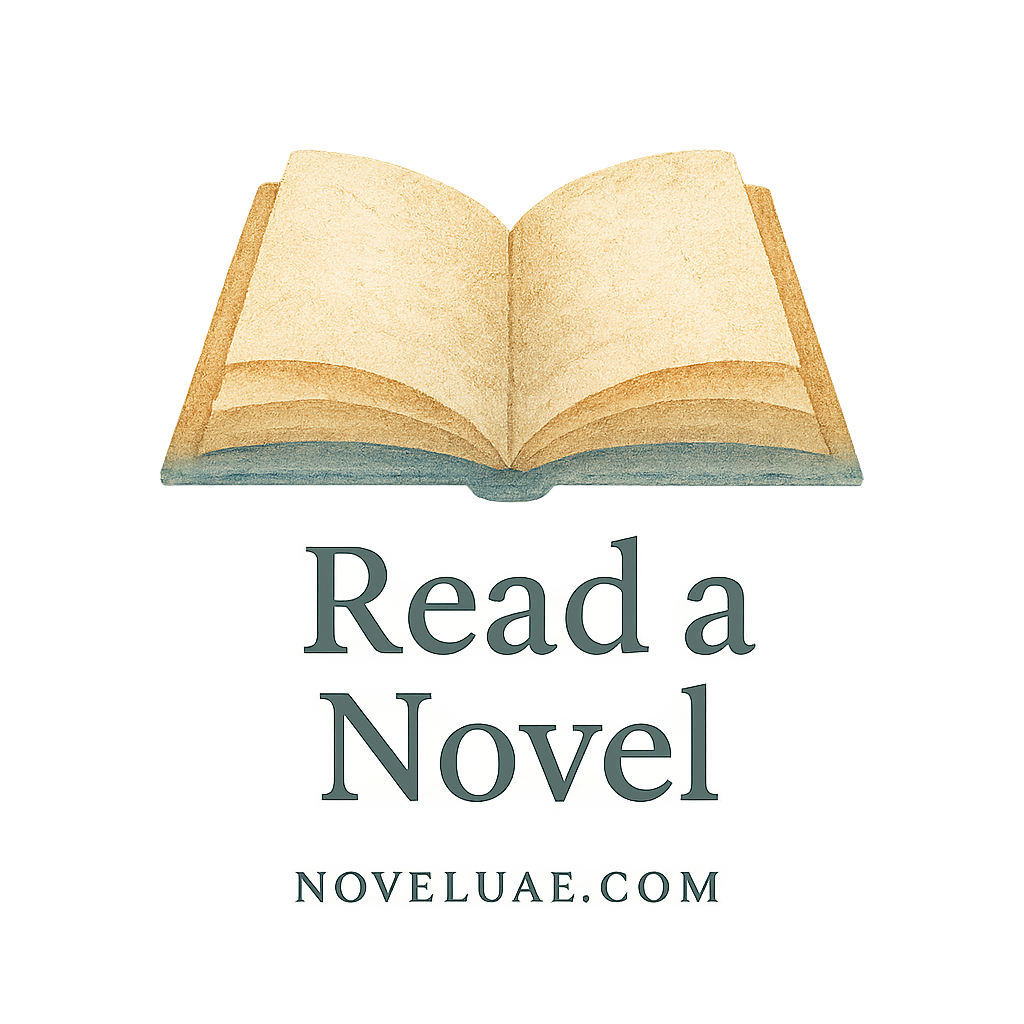Introduction to Narrative Styles
Ever started a novel and instantly felt connected—or completely lost? That’s the power of narrative style. It’s more than just grammar or word choice; it’s how a story feels. Whether you’re a reader trying to understand why you love certain books, or a writer sharpening your skills, learning about different narrative styles will open new doors of discovery.
Each narrative style influences how a story is told and how it’s experienced. Think of it as the camera lens of your favorite movie—what you see, how much you know, and how you feel all depend on it.
Why Narrative Style Matters in a Novel
Impacts on Reader Engagement
The narrative style directly affects how readers engage with your novel. A first-person perspective pulls them into the character’s world, while an omniscient voice gives them a bird’s-eye view.
How Style Shapes the Story
Different styles bring different textures. Want something intimate? Go first-person. Writing a complex fantasy with multiple characters? Try omniscient. This understanding is crucial for crafting a memorable and immersive experience. For more on story structure and how it connects with style, explore story-structure.
1. First-Person Narrative
What Is First-Person Narrative?
This is when the story is told from the “I” perspective. You’re inside the narrator’s head, seeing and feeling exactly what they do. It’s personal, immediate, and raw.
Benefits and Limitations
- Pros: Emotional depth, character insight, unique voice.
- Cons: Limited scope, biased interpretation of events.
Popular Examples
- The Catcher in the Rye by J.D. Salinger
- The Hunger Games by Suzanne Collins
Want more beginner-friendly tips? Check out the Beginner’s Guide to Novels to deepen your understanding.
2. Third-Person Limited Narrative
What Makes It Unique?
Unlike the first-person style, the third-person limited narrative still focuses on one character, but uses “he” or “she” instead of “I.” It’s a great balance between personal insight and narrative flexibility.
Emotional Connection with the Protagonist
You’re close enough to feel the character’s emotions, but distant enough to observe objectively. Perfect for character-driven stories!
When to Use It
Ideal for novels where readers need to understand a protagonist’s motivation without being stuck entirely in their head.
3. Third-Person Omniscient Narrative
Total Control Over the Story
This style lets the narrator hop into the minds of multiple characters, jumping from one perspective to another. It’s like being everywhere at once.
The “God” Perspective
You get to know secrets that characters don’t. This creates dramatic irony and deepens story tension—a popular trick in epic sagas. Want more? Browse the story-tension tag for narrative tension techniques.
Cautionary Notes
Overusing it can confuse readers if not handled smoothly. Always establish whose perspective is dominant in each scene.

4. Second-Person Narrative
An Unusual but Powerful Style
“You wake up. You stretch. You realize something’s wrong.” Sound familiar? That’s second-person narrative—rare but deeply immersive.
When It’s Most Effective
Great for experimental fiction, interactive stories, or when you want readers to feel like they are the character. It’s even used in choose-your-own-adventure novels.
Common in Experimental Fiction
Writers looking to break traditional molds often turn to this style. For more offbeat genres and ideas, explore genre-based novel insights.
5. Stream of Consciousness
Dive Into the Character’s Mind
This narrative style captures the chaotic, raw, and often unfiltered flow of thoughts from a character’s mind. Think of it like eavesdropping on someone’s internal monologue.
Challenging but Rewarding
It can be a bit intense and requires patience, but it also offers profound character exploration. James Joyce fans, you know what we mean!
Literary Examples
- Ulysses by James Joyce
- Mrs. Dalloway by Virginia Woolf
6. Objective or Dramatic Narrative
The Camera Lens Approach
This style shows events from a detached point of view—like a camera filming without commentary. You don’t get into anyone’s head.
Trust the Reader to Infer
Readers must pick up on cues, facial expressions, and dialogues to understand what’s really going on. This heightens mystery and curiosity.
Uses in Mystery & Crime Novels
Perfect for suspenseful storytelling. If you’re interested in how narrative and genre combine, check out this genre tag collection.
Choosing the Right Narrative Style
Aligning Style with Story Type
Romantic novels? First-person might make the emotional scenes more impactful. Complex mysteries? Maybe go with third-person limited or dramatic.
Visit novel selection recommendations to see how narrative styles match popular themes.
Genre-Specific Narrative Preferences
From romance to classic literature, narrative styles often follow genre conventions. But feel free to mix and match—creativity is key!
Tips for Writers: Mastering Narrative Styles
Experimenting with Voice
Try writing the same scene in different styles. Notice how it changes the mood, focus, and engagement? That’s narrative magic at work.
Matching Narrative to Theme
A story about self-discovery? Maybe use stream of consciousness. A thriller? Objective narrative keeps readers guessing. For more inspiration, check out writing tips.
Common Mistakes to Avoid
- Head-hopping: Rapid switching between characters can confuse readers.
- Inconsistent voice: Keep it uniform unless intentional.
- Over-explaining: Trust your readers—they’re smarter than you think!
Want more tricks? Tap into reading strategies for novels to enhance both writing and comprehension.
Final Thoughts
Understanding the 6 types of narrative styles used in novels is a game-changer for both readers and writers. It shapes how stories are told, how characters are perceived, and how plots unfold. Whether you’re a beginner navigating your first novel or a seasoned reader building your reading list, knowing the power of narrative styles will enrich every page you turn.
For deeper insights into themes like conflict, plot mechanics, and elements, explore more from Novel UAE.
FAQs
1. What is the most commonly used narrative style in novels?
The third-person limited narrative is widely used because it balances depth with flexibility.
2. Can a novel use more than one narrative style?
Absolutely! Many modern novels blend styles for dynamic storytelling.
3. Why is second-person narrative so rare?
It’s hard to maintain and can feel unnatural if not done right—but when executed well, it’s unforgettable.
4. Is stream of consciousness suitable for beginners?
Not really. It’s more complex and usually tackled by experienced writers and readers.
5. What narrative style works best for romance novels?
First-person or third-person limited are often preferred for their emotional closeness.
6. How can I tell which narrative style is used in a novel?
Look at pronouns and how much insight you get into characters’ thoughts.
7. Where can I learn more about writing better narratives?
Explore helpful resources at https://noveluae.com and tags like tricks or productivity.


